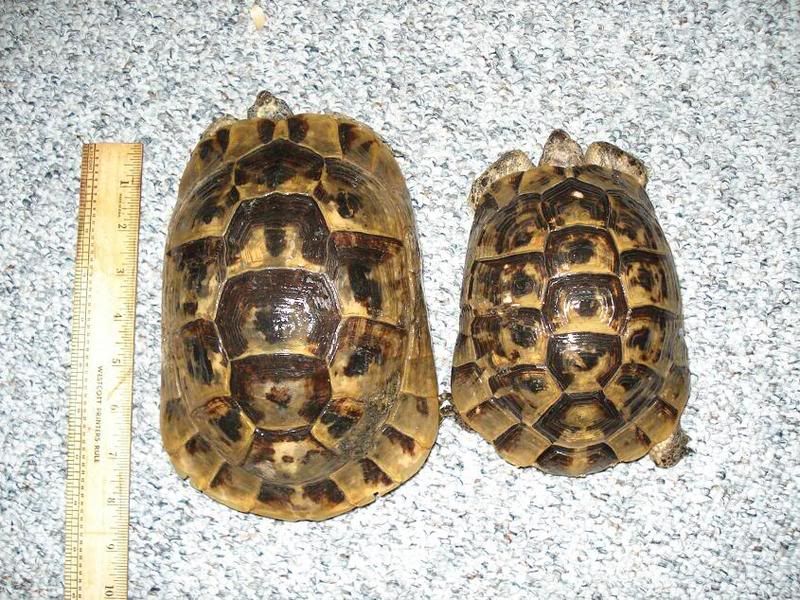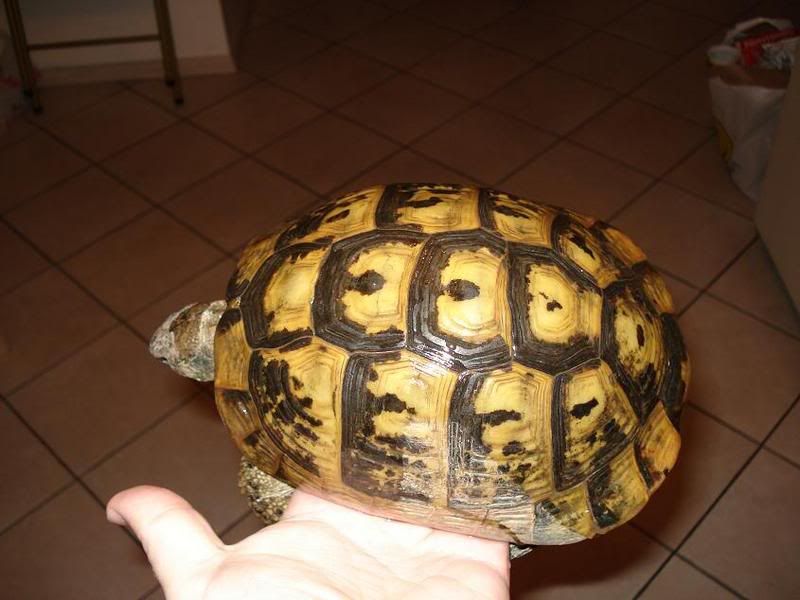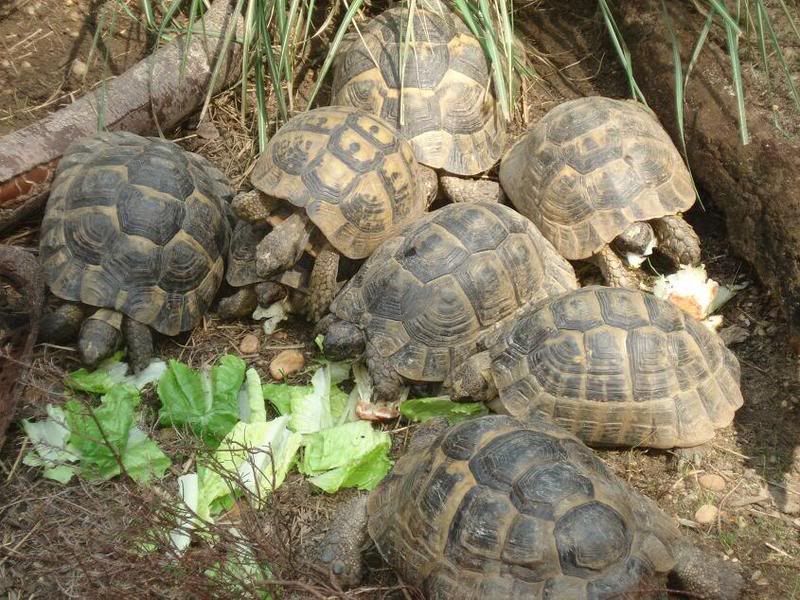How does everyone tell the differences between a greek and a greek ibera?
Because both are different!
Because both are different!
TP, I believe a Greek and a Greek ibera can be one in the same. Confusing I know. I hope the following helps a little.T-P said:How does everyone tell the differences between a greek and a greek ibera?
Because both are different!
Cam said:Thanks, we think he's pretty good looking too








HermanniChris said:I do not recommend it at all, ibera are far too agressive for graeca and injuries most likely will happen. Greaca also tend to carry heavy parasitic loads since most are fresh imports. Cross breeding is also a possibilty and that will only add to the mass confusion surrounding these animals.